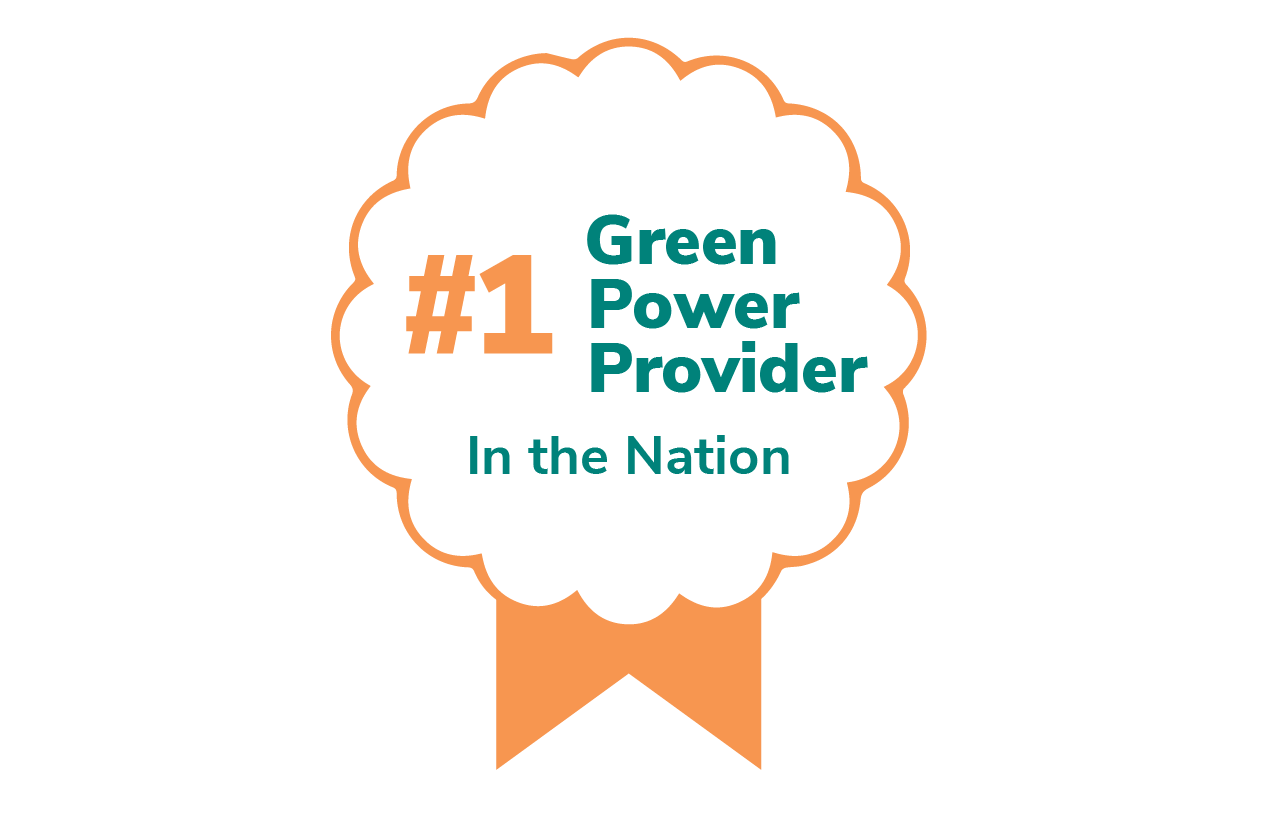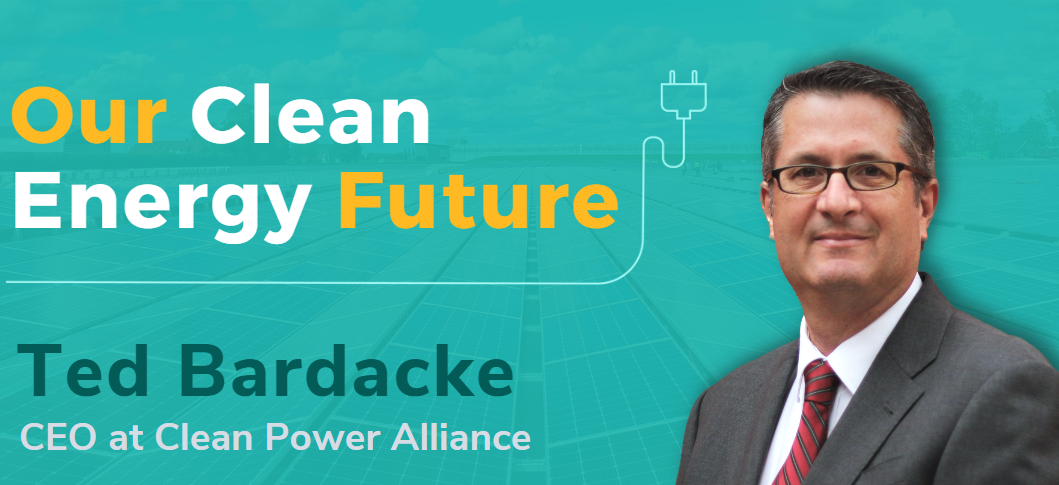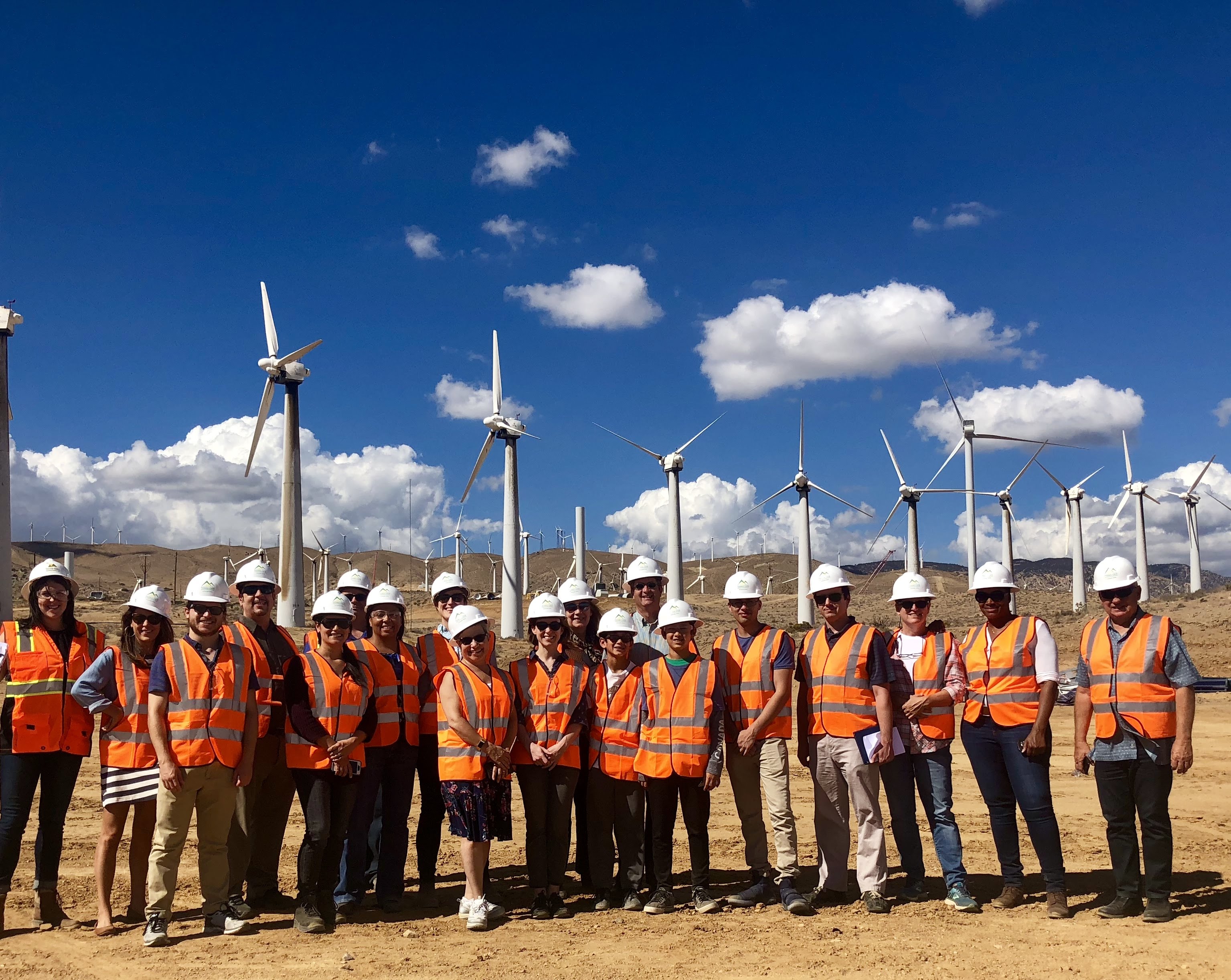California is building a 21st Century low-carbon energy system. So why are we paying for it with 20th Century tools?
That’s the question I was asking myself after the collapse last month of an “affordability package” in the California legislature right at the end of the 2024 legislative session. And while some see this collapse as a failure to rein in rising electricity bills, the fact that some potentially transformational ideas are now openly being discussed and debated is a good sign.
I hope some of these ideas which began to surface will get a full hearing with a new legislative session in 2025. Governor Gavin Newsom, referring to similar ideas, recently suggested some action might come even sooner than that.
First of all, the wisdom of building all our needed upgrades to electricity transmission and distribution infrastructure on a for-profit basis is being questioned.
When California’s three Investor-Owned Utilities (IOUs) build this infrastructure, electricity consumers pay not only for the actual cost of the infrastructure but also the cost of financing it. IOUs finance their infrastructure spending through a combination of private sector debt and shareholder equity, which are both more costly than the borrowing costs that a government entity would pay due to its tax-exempt status. Consumers thus pay more than if the infrastructure were financed using government-backed borrowing structures, as is done by Publicly Owned Utilities, who generally have lower electricity rates.
Legislative language circulating in the California State Capitol over the summer would have required some “securitized” debt, with financing secured by customer repayments at rates below both the cost of private sector debt and the IOUs’ return on equity. Securitized financing could then displace some of the use of private sector debt or equity (and the associated shareholder profits).
Securitization itself is a tool California has used in the utility sector for decades. As recently as August, the legislature unanimously passed a bill – AB3263 – that allows for this financing method to be used for wildfire prevention operations and maintenance costs, which has become one of the fastest growing areas of utility bill increases. But we’ve never used it in a way that would address the growing costs of investments needed on the grid or to bring some balance back to an incentive structure that favors large, centralized infrastructure over the distributed energy solutions that are also part of the future electricity grid.
However, getting this incentive structure right does not mean all distributed systems make sense. Which leads to the second topic that should be part of a fulsome discussion going forward – what programs are customers paying for and do they continue to make sense given the way our electricity system is changing?
That discussion started in the last days of the legislative session. Thankfully, a bill that indiscriminately cut a couple of distributed energy programs simply because they had unspent budget in order to fund a one-time $30 utility bill credit failed. These types of one-and-done efforts simply don’t foster long-term systemic solutions.
But AB 3264 did pass, which among other things, calls for a comprehensive look at the cost effectiveness of energy programs that are paid for through utility bills. It’s a start, though the bill’s language does need to be updated in 2025 to redefine cost effectiveness away from metrics that were designed for energy efficiency programs and towards those that measure the benefits of demand shifting, and to expand the programs studied to ones funded by the Greenhouse Gas Reduction Fund in addition to those funded by customers on their bills. CCAs, leading innovators in customer programs, should also be allowed to coordinate their own reporting to the legislature rather than submitting themselves to the oversight of the California Public Utilities Commission.
Proponents of the energy programs that will be evaluated under AB 3264 often argue that subsidies are needed to help new technologies or approaches to gain a hold in the market or that their benefits are non-quantifiable. Undoubtedly this is true. But a robust cost-effectiveness study would also examine areas where poor market design – a core government purview – is actually the thing driving up costs and, paradoxically, causing the need for hefty subsidies in the first place.
Which brings us to the third area of hope – the policy-making process itself. For the past few years, if any progress was to be made in the electricity sector, it has come down to the last few days of the legislative session and been dominated by discussions and horse-trading among the state’s top leaders. Results have been uneven, sometimes with little progress to show, and then too many unintended consequences with things that did get done.
California’s most important legislation in the energy sector in the past decade – AB 32 and SB 100 – were not products of two-week negotiating sprints. They were marathons, picking up on ideas that were first discussed in isolation and intentionally addressing them with a resolve to make progress. If we are going to be as innovative on reducing the costs of our energy transition as we have been on legislating the goals of that transition, it’s time we take that approach again. A fresh opportunity awaits.




